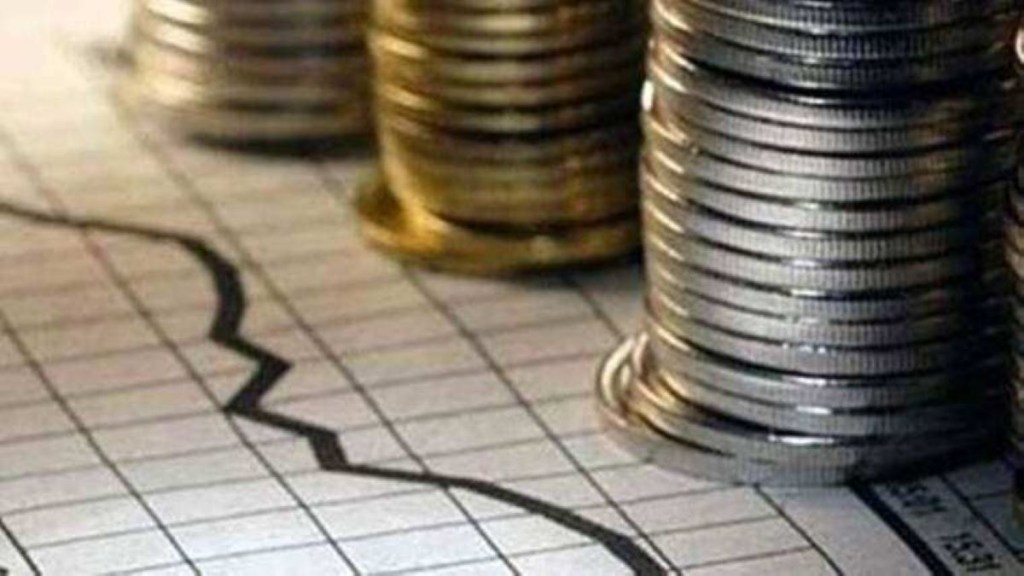Both the World Bank and Asian Development Bank on Tuesday lowered India’s growth forecast for the fiscal year 2023-24 citing slower consumption growth and elevated inflation amid global uncertainties.
In its latest India Development Update, the World Bank has cut India’s GDP growth forecast to 6.3% for the current fiscal from 6.6% that it had estimated in December 2022.
The Asian Development Bank slashed India’s growth forecast to 6.4% for the fiscal year 2023-24 from its previous estimate of 7.2%.
Both the agencies, however, said Indian economy remains resilient despite the challenging external conditions.
The World Bank said: “Growth is expected to be constrained by slower consumption growth and challenging external conditions. Rising borrowing costs and slower income growth will weigh on private consumption growth, and government consumption is projected to grow at a slower pace due to the withdrawal of pandemic-related fiscal support measures.”India is estimated to have grown by 6.9% in the fiscal 2022-23.
India’s headline inflation (retail inflation) would decline to an average of 5.2% in the current fiscal from 6.6% last fiscal as global commodity prices ease and there is some moderation in domestic demand, it added.
The estimates by the two multilateral bodies are in line with that of the government and the Reserve Bank of India although many agencies expect growth to moderate to about 6% or even less this fiscal as private consumption slows down.
The Indian economy is estimated to have grown by 7% in the fiscal 2022-23 and the Economic Survey had projected a baseline GDP growth of 6.5% in real terms in FY24 with a range of 6-6.8%. In February, the Monetary Policy Committee of the RBI had pegged GDP growth at 6.4% for the fiscal and CPI inflation at 5.3%.
Auguste Tano Kouame, World Bank’s Country Director in India said India continues to show strong resilience to external shocks. It will benefit from the opening up of the Chinese economy although there are headwinds such as moderating consumption growth in the private sector and spillover of global conditions, he told reporters.
ADB in its Asian Development Outlook, April 2023 listed the causes for the cut in growth forecast as expected global economic slowdown, tight monetary conditions, and persistently elevated oil prices.
GDP growth is likely to recover to 6.7% in fiscal 2024-25, driven by private consumption and private investment on the back of government policies to improve transport infrastructure, logistics, and the business ecosystem. The agency has pegged GDP growth at 6.8% for 2022-23.
“Despite the global slowdown, India’s economic growth rate is stronger than in many peer economies and reflects relatively robust domestic consumption and lesser dependence on global demand,” said ADB Country Director for India Takeo Konishi.
According to ADB, inflation will likely moderate to 5% in the current fiscal, assuming moderation in oil and food prices, and slow further to 4.5% in 2024-25 as inflationary pressures subside. In tandem, monetary policy in the current fiscal is expected to be tighter as core inflation persists, while becoming more accommodative in 2024-25.
The forecasts by the two agencies coincide with the ongoing meeting of the MPC. The RBI on April 6 is widely expected to raise the repo rate by another 25 basis points to 6.75% to cool persistently high retail inflation and will also come out with its growth and inflation forecasts for the fiscal. The International Monetary Fund is also scheduled to come out with the World Economic Outlook soon.
According to the World Bank, growth in private consumption is likely to moderate to 6.9% this fiscal from 8.3% last fiscal while government consumption is estimated to contract by 1.1% in FY24 from a 1.2% growth in FY23. “Consumption is expected to be constrained by rising borrowing costs, slower income growth and continued fiscal consolidation,” the report said.
The Centre is likely to meet its fiscal deficit target of 5.9% of GDP in the current fiscal. It also expects the current account deficit to narrow to 2.1% of GDP from an estimated 3% in FY23 on the back of robust service exports and a narrowing merchandise trade deficit.
“Spillovers from recent developments in financial markets in the US and Europe pose a risk to short-term investment flows to emerging markets, including India,” said Dhruv Sharma, senior economist, World Bank, and lead author of the report. He, however, noted that Indian banks remain well capitalised.
The ADB said the current account deficit is projected to decline to 2.2% of GDP in the current fiscal and 1.9% in 2024-25. Growth in goods exports is forecast to moderate in this fiscal before improving in 2024, it further said. Private investment growth is likely to be lower in the current fiscal given tightened monetary policy, high lending rates, global uncertainty, and moderating optimism on business conditions, it further said.

